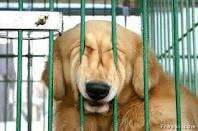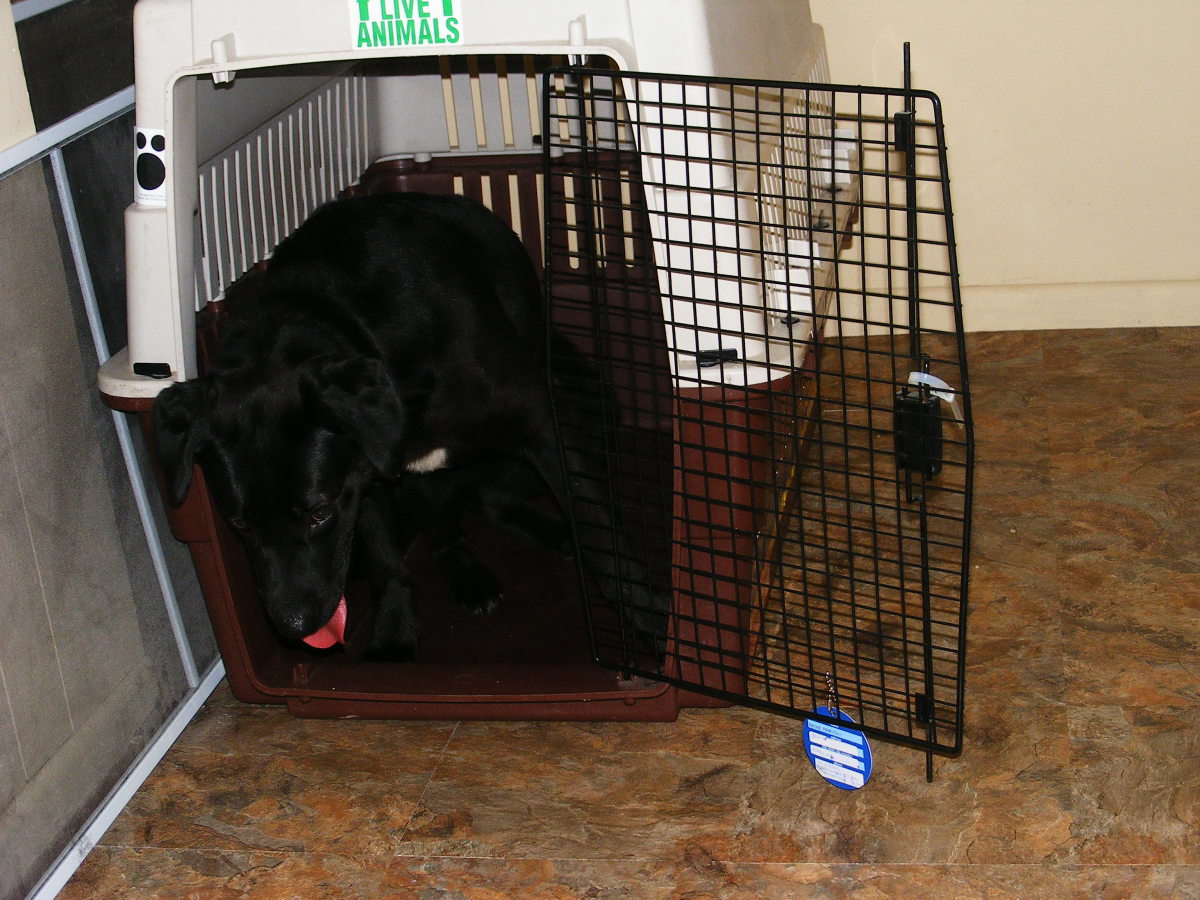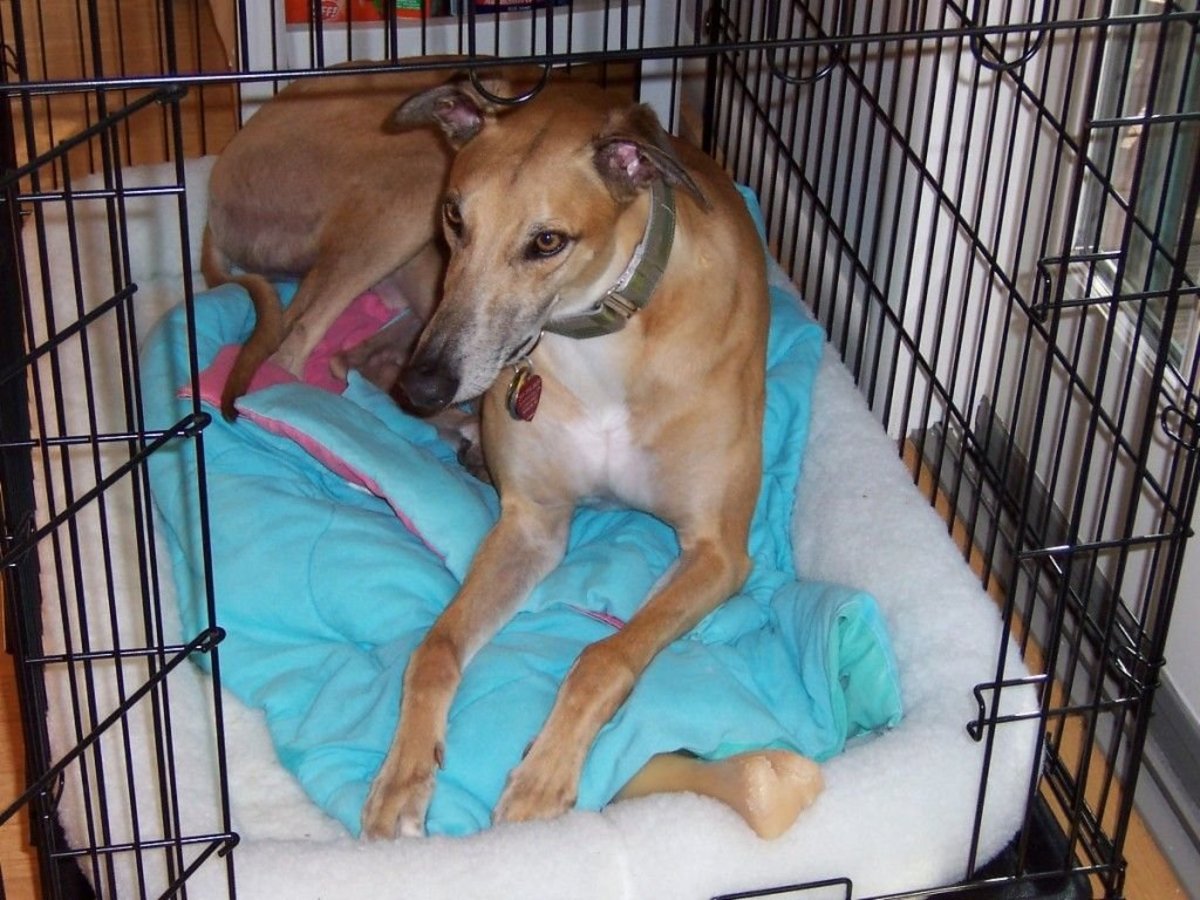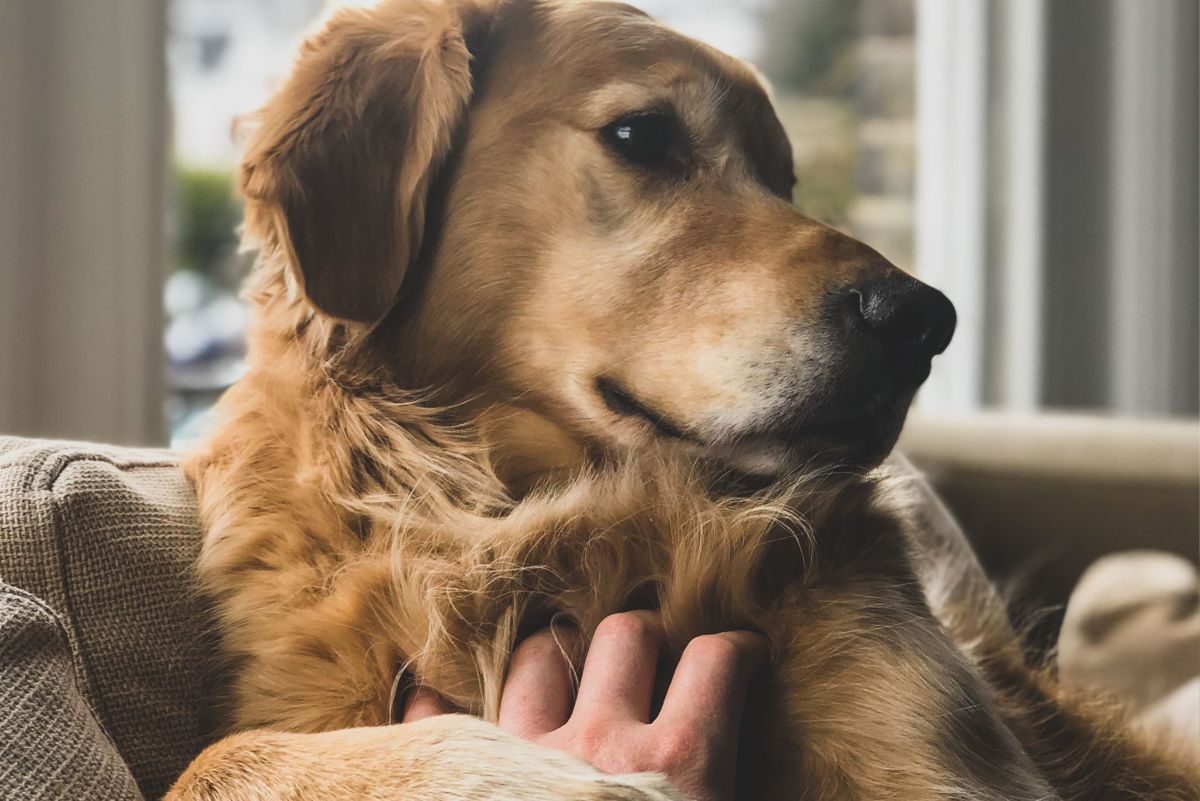To Crate or Not To Crate Your Dog
After buying a dog and bringing it home for the first time, a lot of folks never consider getting a dog crate or forgo purchasing one due to the expense. Some people feel puting a dog in a cage is cruel and unfair to the dog. A lifetime of experience has taught me that to crate the dog is essential to not only the safety of your dog and property, but to effective house breaking and the emotional well-being of your dog as well.

The Dog Crate is a Den
This is a point a lot folks miss, and understandably so. We’re so in the habit of looking at our canine companions as little people we forget they’re dogs. The dog isn’t relating to its environment as a person would and sometimes has needs we may not be savvy to.
Consider that your canine friend is actually a descendant of the wolf. Time hasn’t managed to hammer the sofa as the ideal sleeping place into your dog’s innate nature and genetic code yet, although I’m sure it’d hotly debate this point. Ideally, it’d probably like to drag your sofa off into a nice cozy den somewhere just big enough for it to stretch out.
The den is your dog’s place to feel safe and secure; a place just for it. If one isn’t available, it’ll seek one out or make one for itself. Have you ever noticed your dog or someone else’s sleeping under a table, under the bed or under a desk? That means it’s “denning.” In some dog’s the need is so strong if they can’t find a denning place then they’ll make one by digging up your garden, or worse, your carpet.
This is where the dog crate comes in. This becomes your dog’s den, or home base. There are different types available, but if you purchase the wire type, I would even suggest placing an old blanket or towel over the top and sides to give it that den feeling. This is what I did for mine. I put the crate in an out-of-the way-place and left the door open during the day. It would often take it's naps in there or just relax with a chew toy. It didn’t spend all its time there, but when it had the need it had her place to go.
Crating for Safety
The issue of safety is always critical, and no less so when it comes to your dog and your home. If the inner contentment of your dog isn’t quite enough to convince you, then consider this angle. When you doze off on a Sunday afternoon or go to bed at night and leave your dog roaming free, you never know what it will get into.
This is particularly true with puppies and young adult dogs. If you have a puppy, you’ll be faced with the issue of teething. Puppies are born with a set of 28 teeth. Around the age of 4 months these teeth will begin to fall out and will eventually be replaced with a full set of 42 around 7 months of age. During this time your puppy will experience the urge to chew on anything and everything morning, noon and night.
The target of this urge won’t be limited to its own chew toys. Your shoes, pillows, and children’s toys are just as appealing but unfortunately so are electrical cords, bleach bottles and roach traps. If your dog gets into something harmful while you’re unaware it could be too late to avoid heartbreak and medical expenses when you do. The chewing urge usually subsides, however, between 7 months and 1 year, depending on the breed. Some dogs never lose the urge to chew which could be the result of anxiety or not enough exercise. Even if they honor your rule of no chewing, they may do it when you aren’t looking. Being able to shut your dog in its crate at night or when you’re away from home is the best insurance policy you can have against disaster.
Also consider crating for travel. I know nothing beats having your canine buddy riding shotgun while you’re out for an evening drive, but an overly excited dog can be a hazard. We all know safe driving habits include as few distractions as possible. An eager, happy go lucky dog isn’t always good at sitting still. A crate in the back of your vehicle not only makes driving more safe for you, it also helps to protect your dog against being thrown if you’re involved in an accident.

Crating to Help with House Breaking
The dog crate is the most effective tool I’ve found in house breaking a new puppy or dog. Most dogs will not soil where they sleep if they are healthy. Being able to close your puppy or dog into a crate at night, when you’re busy or not at home helps keep accidents from happening and speeds the potty training process. However, you must be sure the crate is not too large. If it is, your companion will not see it as just a sleeping place and soil it anyway. The crate should be large enough for the dog to stand, turn around and stretch out comfortably. Of course, you have to be conscientious to take them outside to do their “duty” when needed. Dog’s have an amazing intelligence and catch on fairly quickly when given concise and consistent guidance.
How To Introduce a New Crate Properly to Your Dog:
Do you own a dog?
Do you, or will you, crate your dog?
Types of Crates
Types of Crates
There are several different types of dog crates available. In order to determine the right one for you you’ll need to determine how you want to use it. Do you plan to use it only at home? Do you plan to use it for travel? Do you visit friends and relatives and need to take a crate with you for overnighters? You’ll need to consider weight, ventilation, insulation, durability and security.
Wire Dog Crates:
These are probably the most durable and widely used types of crates and they come in a large variety of sizes. They’re sturdy and provide the most visibility and airflow for your dog. Most also fold for ease of traveling or storage, but they can be heavy. Aluminum crates are also available if you need something more lightweight but still sturdy. These are the crates most used in homes, but are also widely used for dog shows and competitions, veterinary hospitals and kennels. There are also a variety of covers and pads available to make it more comfortable for your dog.
Plastic Crates:
Plastic crates also come in a variety of sizes and are the safest and most durable crate if you will be shipping your dog or doing a lot of travel. They don’t tend to be as well ventilated and don’t collapse so can be cumbersome.
Wooden Dog Crates:
Wooden crates are meant to be kept in the home and offer more eye appeal than the other alternatives. You can match the wood tone to the décor of your home. One advantage they have over the other types of crates for your dog is that they are more insulated. They will keep your dog warmer in the winter and cooler in the summer. However, then are heavy and can’t be used for travel. The other disadvantage is if your dog is a chewer, it’ll most likely chew on the crate.
Soft-Sided Crates:
Soft-sided dog crates are wonderful if you are looking for something lightweight that can easily be set up and collapsed if you have to travel around with your dog. They provide decent airflow and give your dog that secure denning feeling. However, they aren’t very durable if you have a dog that chews or digs.
A Note About Crating your Dog
A crate shouldn't be used as a form of punishment. You don't want to convey the wrong message. The crate is to be its safe haven and peaceful place. It’s certainly understandable if you need to crate your dog if you have visitors, but don’t do so while scolding.

More Articles About Dogs:
Hubbing is fun! If you enjoy writing and want a great community to be part of at the same time, sign up!









